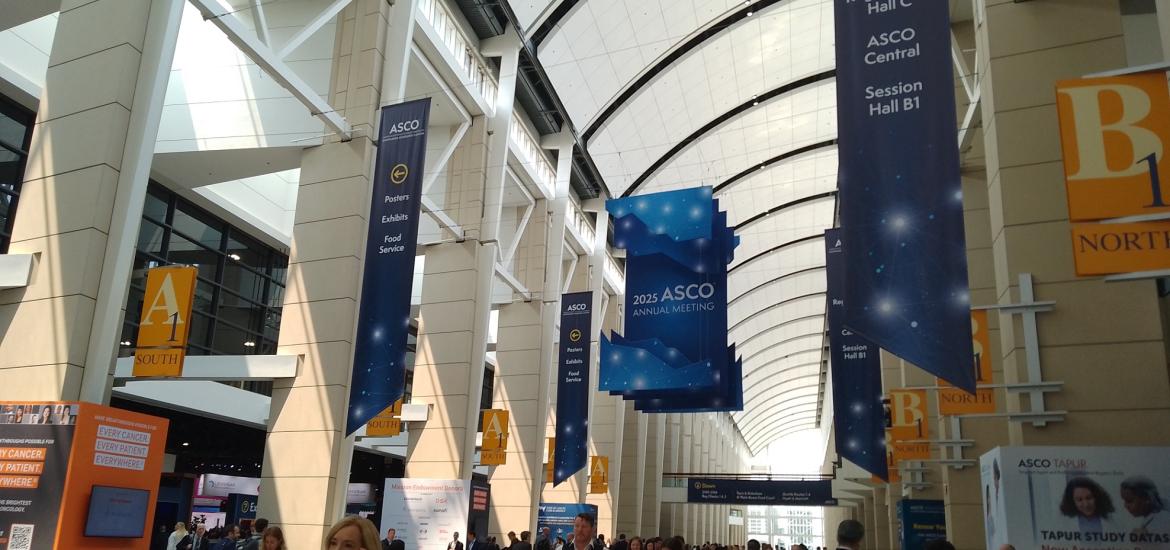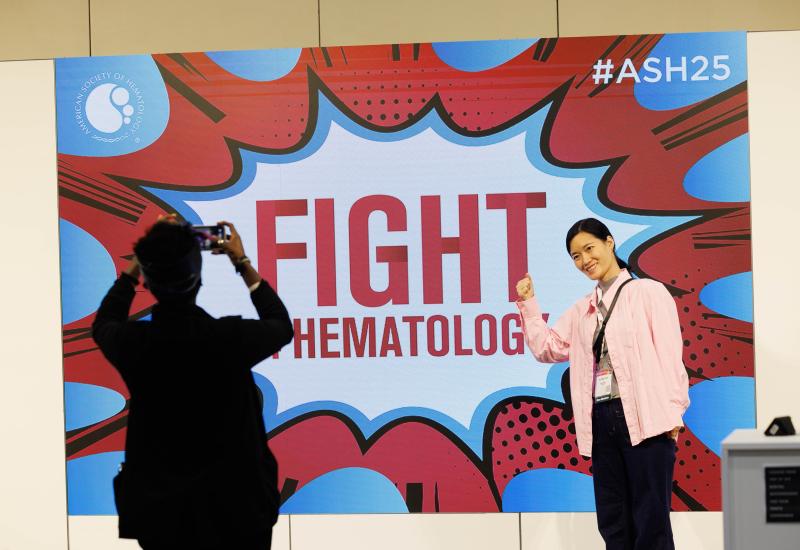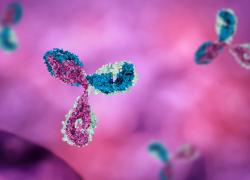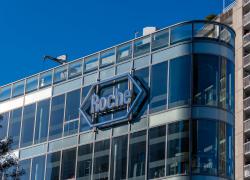
ASCO 2025 – BioNTech shows promise in mesothelioma
BNT327 could rival Keytruda and Opdivo, but toxicity is worth watching.
BNT327 could rival Keytruda and Opdivo, but toxicity is worth watching.

The tough-to-treat lung cancer mesothelioma might become the latest tumour type to be addressed by the burgeoning PD-(L)1 x VEGF field, if the latest results at ASCO are anything to go by. On Tuesday BioNTech reported Chinese mid-stage data suggesting its asset, BNT327, could rival the approved drugs Opdivo and Keytruda.
However, toxicity with BNT327 looked relatively high. And mesothelioma might have to take a back seat to other indications, BioNTech’s chief medical officer, Özlem Türeci, told ApexOnco during the conference. “Mesothelioma is on our clinical development plan list, but there are other indications which are higher priority.”
She was speaking ahead of a co-development deal being announced with Bristol Myers Squibb, so it’s possible that more R&D cash might now be available. The most advanced indications for BNT327 are NSCLC, SCLC and triple-negative breast cancer, with global phase 3s either under way or planned.
Mesothelioma improvement
The prognosis for mesothelioma is dire, but a couple of checkpoint inhibitors have been approved here fairly recently: Bristol’s Opdivo plus Yervoy in 2020, and Merck & Co’s Keytruda plus chemo last year.
With the usual caveats about cross-trial comparisons, BNT327 plus chemo has outperformed these approved drugs, particularly in terms of progression-free survival.
Cross-trial comparison in first-line mesothelioma
China ph2 | Checkmate-743 | Keynote-483* | |
|---|---|---|---|
| Regimen | BNT327 + chemo | Opdivo + Yervoy | Keytruda + chemo |
| Confirmed ORR | 52% | 40% | 52% |
| mPFS | 16.6 months | 6.8 months | 7.1 months |
| mOS | Immature | 18.1 months | 17.3 months |
| Gr3/4 TRAE | 94% | 30% | 27% |
| Gr5 TRAE | 0% | 1% (3 pts) | 1% (2 pts) |
Note: *investigator-sponsored trial. Source: ASCO 2025.
Still, BioNTech's data came from just 31 patients in an uncontrolled Chinese phase 2 trial, and will need to be replicated in western studies for a realistic chance of FDA approval. Another complicating factor is that the BNT327 study included patients with both pleural and peritoneal mesothelioma, while the relevant studies of Opdivo and Keytruda, Checkmate-743 and Keynote-483 respectively, enrolled only pleural patients.
Peritoneal patients did better on BNT327/chemo, albeit in a small sample size: among eight peritoneal subjects, ORR was 75% and median PFS wasn’t reached; among 23 pleural patients, the numbers were 44% and 15.8 months respectively.
Another reason for caution is toxicity. 94% of patients getting the BNT327/chemo combo had treatment-related grade 3 or 4 adverse events, markedly more than seen even with Opdivo plus Yervoy, which itself is notoriously toxic.
The most common adverse event with BNT327/chemo was neutropenia, with 13% at grade 4. Treatment-related discontinuations with BNT327/chemo were also high, at 19%. Still, there were no treatment-related deaths. Presenting the data, Dr Liang Zhang of Jilin Cancer Hospital concluded that the safety profile was manageable.
The study was sponsored by the project’s originator, Biotheus, which BioNTech acquired in November after previously licensing BNT327.
There don’t appear to be any other industry-sponsored trials of PD-(L)1 x VEGF agents under way in mesothelioma, according to OncologyPipeline, although there are a couple of investigator-run studies of Summit and Akeso’s ivonescimab.
BioNTech’s Türeci noted that there might be more work going on here, “because there are many cohorts going on in China and you don’t have real-time visibility on those sometimes. At least we seem to be the only ones so far who have a dataset to report.”
2354













